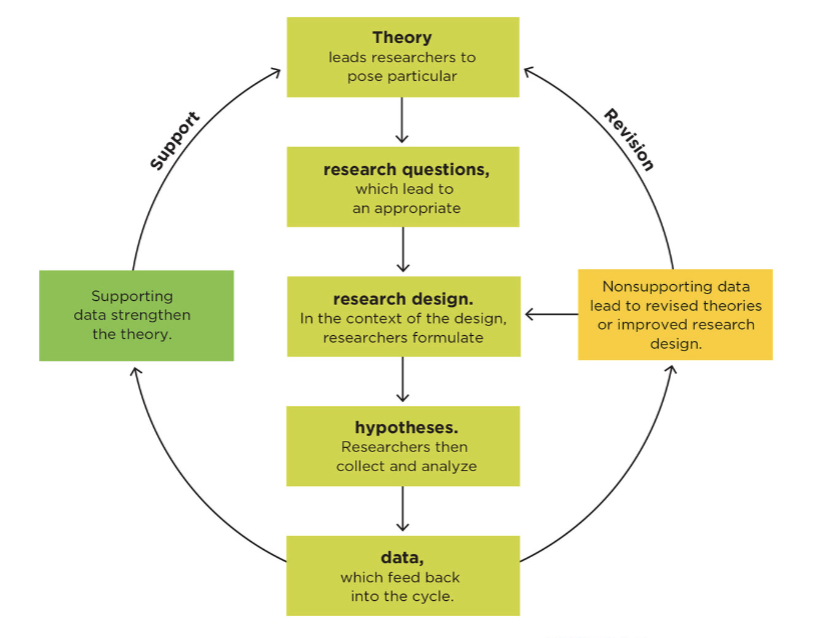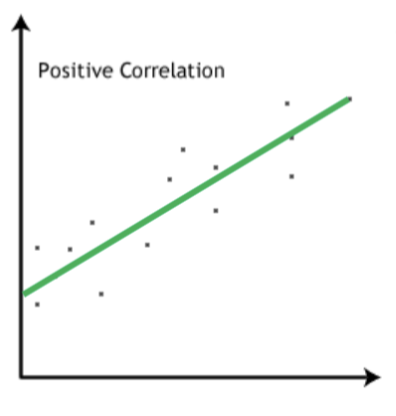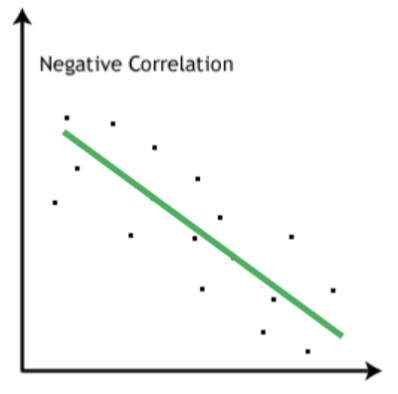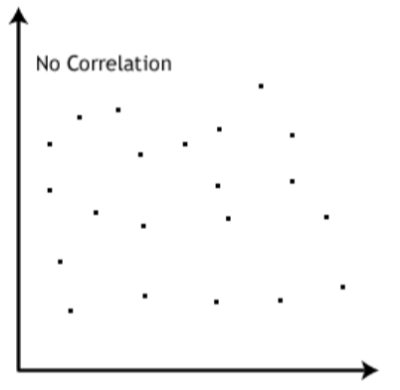EXAM #1
1/45
There's no tags or description
Looks like no tags are added yet.
Name | Mastery | Learn | Test | Matching | Spaced |
|---|
No study sessions yet.
46 Terms
empiricism
an approach in the science of basing decisions on data and using insights from data to develop, support, and/or challenge a theory
the theory-data cycle
theory: a statement or set of statements that describes general principles about how variables relate to one another
prediction/hypothesis: a way of stating the specific outcome in the data that the researcher expects to observe if the theory is accurate
data: a set of observations representing the values of some variable, collected from one or more research studies (the backbone of how theories become stronger or weaker after observation)

qualities of a good theory
supported by data: supporting data from multiple studies/labs
falsifiable: a theory must be testable, such that some imaginable pattern of data can prove it wrong
parsimony: when two theories both explain data equally well, the simpler theory is preferred
biases of intuition
a feeling of knowing without direct evidence or experience, such that the information feels like it is known instinctively
biases of experience
availability heuristic: mistaking the ease and frequency of recall with the probability or likelihood of the phenomenon
confirmation bias: tendency to consider only information or interpretations that agree with what we already believe/only accepting evidence that already aligns with our belies even when alternative evidence is available
bias blind spot: the belief that we are unlikely, or less likely, to fall prey to biases in decision-making than other people
importance of comparison groups
for evaluating the true effects of an intervention by comparing outcomes between treated and untreated groups
enhancing internal validity and controlling for confounding variables
identifying confounds in experience
recognize alternative factors that may influence the outcome of results in a scientific study
forms of dissemination for scientific theories and results
methods used to share and communicate scientific theories and findings with various audiences
what is an empirical journal article; what are its parts
presents original research findings
introduction
method
results
what are common sources for scientific versus popular audience
scientific: peer-reviewed journal articles, academic books, and conference papers
popular: magazines, newspapers, and online blogs
what is a variable
any characteristic, trait, or condition that can take on different values or levels in research
how are variable types represented in jamovi
nominal: three circles
ordinal: line graph
continuous: ruler
types of variables
nominal
ordinal
continuous
quantitative
nominal vs. quantitative variables
nominal: categories without order (gender, color, etc)
quantitative: numerical and can be measured
quantitative variables: ordinal, interval and ratio scales
ordinal: ranks with no defined differences
interval: equal intervals without true zero
ratio scales: equal intervals with a meaningful zero
what is the difference between independent and dependent variables
independent: manipulated
dependent: measured
what is the difference between measured and manipulated variables
measured: observed and recorded without interference
manipulated: intentionally changed by researchers to asses impact
different types of claims
frequency, association, causal
frequency claim
single variable
statement of how often something occurs
often used to draw attention to prevalence
association claim
assert that two variables are related to each other
the frequency of one variable is tired to or linked with the frequency of another
cannot assert strongly why the relationship exists
causal claim
argue that two variables are related because one variable causes another variable
directionality in the relationship is asserted: “variable x causes change in variable y”
look for directed terminology: leads to, may lead to, affects, causes, increases, decreases, changes, etc.
independent variables: manipulated
dependent variables: measured
mental constructs
behaviors that can not be physically observed but are affecting the minds of every participant (intelligence, motivation, and personality)
operational definition
how a concept is explicitly measured
has clear rules
does not overly depend on interpretation of another concept that is not explained or observable
results in a variable with multiple values for each person in your study sample
results in a valid measurement of the construct
types of associations
positive, negative, no association
positive associations
variables increase and decrease together

negative associations
one increases while the other decreases (opposite)

no associations
no pattern

four main validities
construct
external
internal
statistical
construct validity
the extent to which a measure provides an accurate estimate of a concept
what are question we ask for construct validity
does the measure provide an accurate estimate of the theoretical construct?
is the operational definition appropriate?
ways of evaluating construct validity
evaluate construct validity of frequency claim by addressing measurement of the single variable in the claim
evaluating construct validity for an association claim: address each variable
statistical validity
the extent to which the study analyses were accurate and the strength of the effect
what are questions we ask for statistical validity
did they do the right statistical test?
how big is the effect?
what is the margin for error in the outcome variable?
likelihood of occurring by chance- can the effect be replicated?
internal validity
the extent to which confounds in the relationship between two variables have been minimized
role of confounds in internal validity
if yes, you have a confound- something other than the intended manipulated variable also varies between conditions or levels of the independent variable
confounds weaken internal validity
what are questions we ask for internal validity
is there an alternative explanation for change in the dependent variable?
were potential confounds in the manipulation controlled?
external validity
the extent to which the results of a study generalize to a larger population and/or to other situations
what are questions we ask for external validity
about people- who does the result creating the claim most apply to?
if I conducted this study with different participants, would I expect the same results?
about situation- is this finding representative of other circumstances?
people- who are participants and who does the result apply to?
situation- what is the situation and would results apply to other contexts, times, or places?
why is it hard to maximize both internal and external validity in one study
decisions that help you maximize internal validity often hurt external validity because they limit the population and situations studied
differences between reliability and validity
validity is accuracy
reliability is consistency
reliability
describes the consistency of scores across measurements
relationship between reliability and validity
a measure must be reliable to be valid BUT a reliable measure is not necessarily valid
types of reliability
test-retest
interrater
internal
test-retest reliability
consistency of scores across multiple testing occasions
does the test give similar results when given multiple times to the same person?
interrater reliability
similarity between raters
how similar are two different people’s recorded observations of a behavior?
internal reliability
applies to measures with multiple items (surveys, achievement tests, skills tests)
quantifies how similar responses are to questions designed to measure the same construct